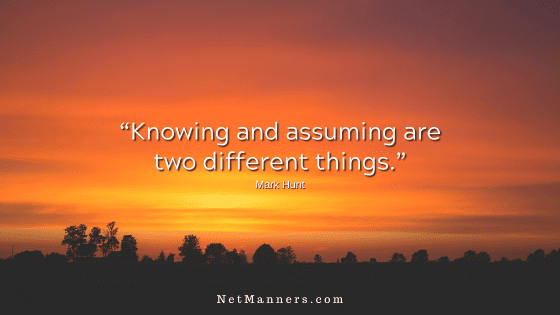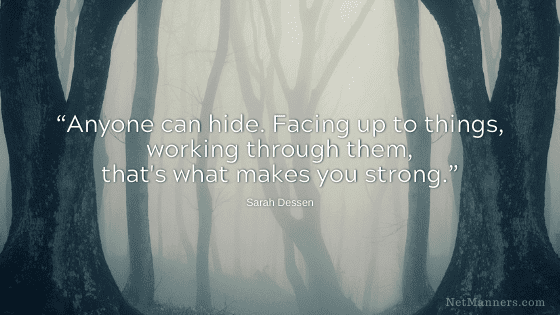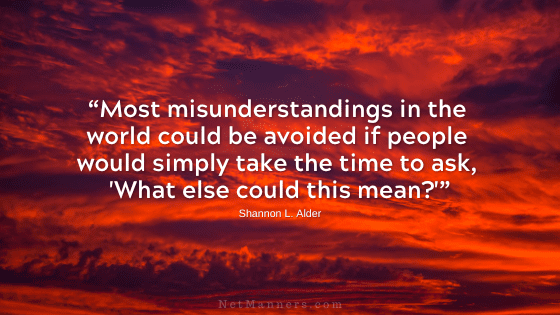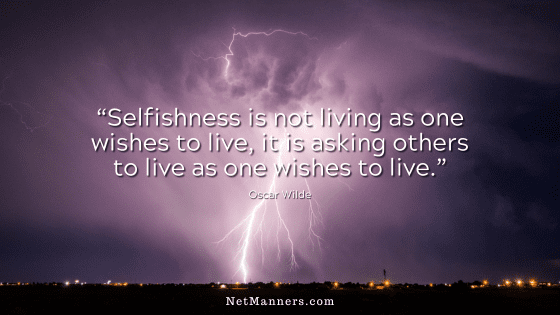How to Email to Get a Response? Courtesy.

There are lots of little signals you send with every email. However, those little “enuances” often will determine when or even if you get the response you desire.
These are the things, off the top of my head, that would cause me to question the authenticity of a sender.
Courtesy Matters in Email Too
Noted above are some basic things you do not do (at least with those who care how they are perceived) regarding day-to-day email. Just as you would do or wouldn’t do certain things offline, the same pretty much applies online.
For example, if you leave a demanding and snotty voicemail. Does that encourage the person you left the message for to drop everything and call you right away? Probably not.
Or what if you keep leaving incessant voicemails after not getting a response? To me, that means that possibly the other side doesn’t want to talk to you. They have that choice. Maybe take a hint.
The same goes for email — even more so for business email. Email like an angry grade-schooler in business email, and that could be the kiss of death. Folks won’t want to do business with you or, on the flip side, have you as a customer.
In the beginning, I was a proponent of answering every email someone took the time to send. But taking the “time to send” doesn’t mean I have to respond any longer. So ignore details and email me reflecting you don’t care how you are perceived, and I won’t care about responding.
Especially when the context of the email clearly reflects that the sender didn’t check out my site. If they did, they would have discovered that I wouldn’t be interested in buying what they were selling.
Texting vs. Email
Some are so accustomed to texting that those basic courtesies are neglected when they do send an email. But, unfortunately, texting is not email, email is not texting, and many times both lack courtesy. And they wonder why they may not get a reply.
When you receive texts, you expect the other side to be short and sweet, right? Unfortunately, some of the common courtesies of regular email are just not practical when texting. But it would be best if you made an effort to reflect courtesy.
However, if you send an email like you are texting, don’t be surprised if you do not receive a response. What never changes with the written word — email included — is that those you email look for the meaning and the intent and tone of the words you type by how you type them.
In what order do you type them? What words precede or follow others?
How those words are interpreted is in your control to control.
If you think about it, courtesies on or offline are just a matter of taking a little extra time to consider how your words and actions (or lack thereof) will affect others. But when it comes to your email, a few extra keystrokes can mean the difference between offending or helping, sounding terse or cordial, and getting a response.
The lack of response is one of the topics I get contacted about most.
There are probably three primary reasons why folks don’t respond:
- They didn’t get your email because you did something spammy.
- They are busy and/or away from their computer/devices.
- Were you terse or rude or… are you not taking a hint?
Want a response? Act like it.
If you take the time to integrate the basics of email etiquette, you may be surprised by an increase in the type of responses you will receive from those you email.
Reread the quote in the header graphic and think about it.







